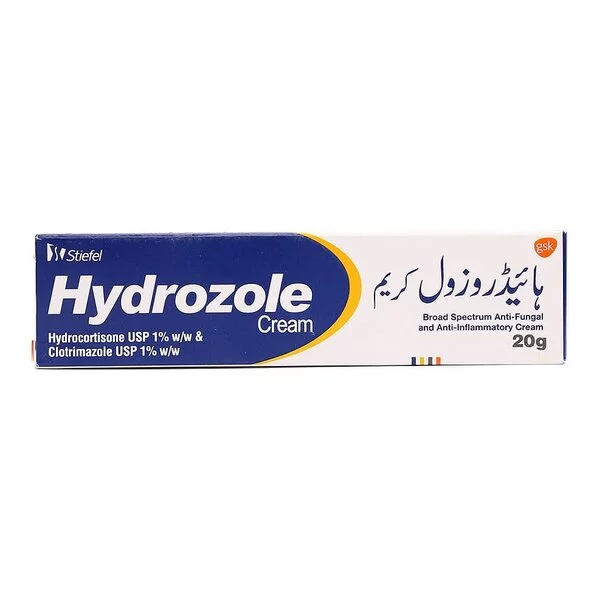Perianal fistulas and fissures are common anorectal conditions that can cause significant discomfort and pain. While both conditions affect the anal region, they differ in their nature, causes, and treatment approaches. This article explores the key aspects of perianal fistulas and fissures, including their symptoms, causes, diagnosis, and available treatments.
Table of Contents
What is a Perianal Fistula?
A perianal fistula is an abnormal connection or tunnel that forms between the anal canal and the skin near the anus. It often results from an abscess, which is a collection of pus caused by infection in the anal glands. When the abscess bursts or is surgically drained, it can leave behind a tract that becomes a fistula.
Symptoms of Perianal Fistula
Common symptoms of a perianal fistula include:
- Persistent pain and swelling around the anus.
- Discharge of pus or blood from an opening near the anus.
- Recurrence of abscesses.
- Irritation or itching around the anus.
- Difficulty sitting or moving due to pain.
Causes of Perianal Fistula
The primary cause of perianal fistulas is an anal gland infection that leads to an abscess. Other contributing factors include:
- Crohn’s disease.
- Tuberculosis.
- Radiation therapy.
- Trauma or injury to the anal region.
- Inflammatory bowel disease (IBD).
Treatment of Perianal Fistula
Treatment options vary based on the complexity and location of the fistula:
- Surgery: The most common treatment, involving procedures such as fistulotomy, seton placement, or advancement flap.
- Medications: Antibiotics and pain relievers to manage infection and discomfort.
- Fibrin glue or collagen plug: Minimally invasive options to seal the fistula tract.
- Laser surgery: A newer technique using laser energy to close the fistula.
What is a Perianal Fissure?
A perianal fissure, also known as an anal fissure, is a small tear or crack in the lining of the anal canal. It often results from passing hard or large stools, which can stretch and damage the anal tissue.
Symptoms of Perianal Fissure
Common symptoms of a perianal fissure include:
- Sharp, severe pain during and after bowel movements.
- Bright red blood on the stool or toilet paper.
- Itching or irritation around the anus.
- A visible crack or tear in the skin near the anus.
Causes of Perianal Fissure
The main causes of perianal fissures are:
- Passing hard or large stools.
- Chronic constipation or diarrhea.
- Straining during bowel movements.
- Childbirth.
- Anal intercourse.
- Crohn’s disease or other inflammatory conditions.
Treatment of Perianal Fissure
Treatment approaches focus on relieving pain and promoting healing:
- Dietary Changes: Increasing fiber intake and fluid consumption to soften stools.
- Topical Treatments: Application of creams or ointments such as nitroglycerin, nifedipine, or lidocaine to reduce pain and improve blood flow.
- Sitz Baths: Soaking the anal area in warm water to relax muscles and relieve pain.
- Medications: Stool softeners and pain relievers.
- Botox Injections: To relax the anal sphincter muscle and promote healing.
- Surgery: In chronic or severe cases, a lateral internal sphincterotomy may be performed to reduce muscle spasms and facilitate healing.
Preventing Perianal Fistulas and Fissures
Preventive measures for these conditions include:
- Maintaining a high-fiber diet.
- Drinking plenty of water.
- Avoiding straining during bowel movements.
- Practicing good hygiene in the anal area.
- Managing underlying conditions like Crohn’s disease or IBD effectively.
Conclusion
Perianal fistulas and fissures, while uncomfortable and sometimes painful, can be effectively managed and treated with appropriate medical care. Early diagnosis and treatment are crucial to prevent complications and improve quality of life. If you experience symptoms of either condition, consult a healthcare provider for an accurate diagnosis and tailored treatment plan.










